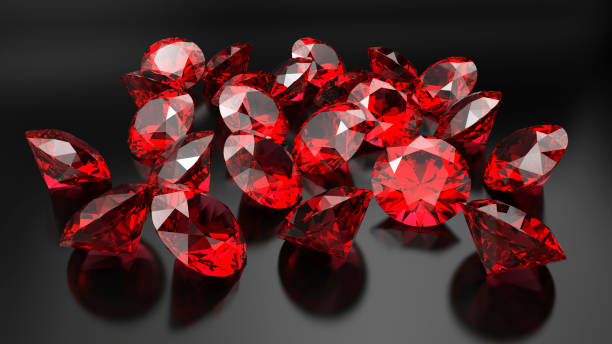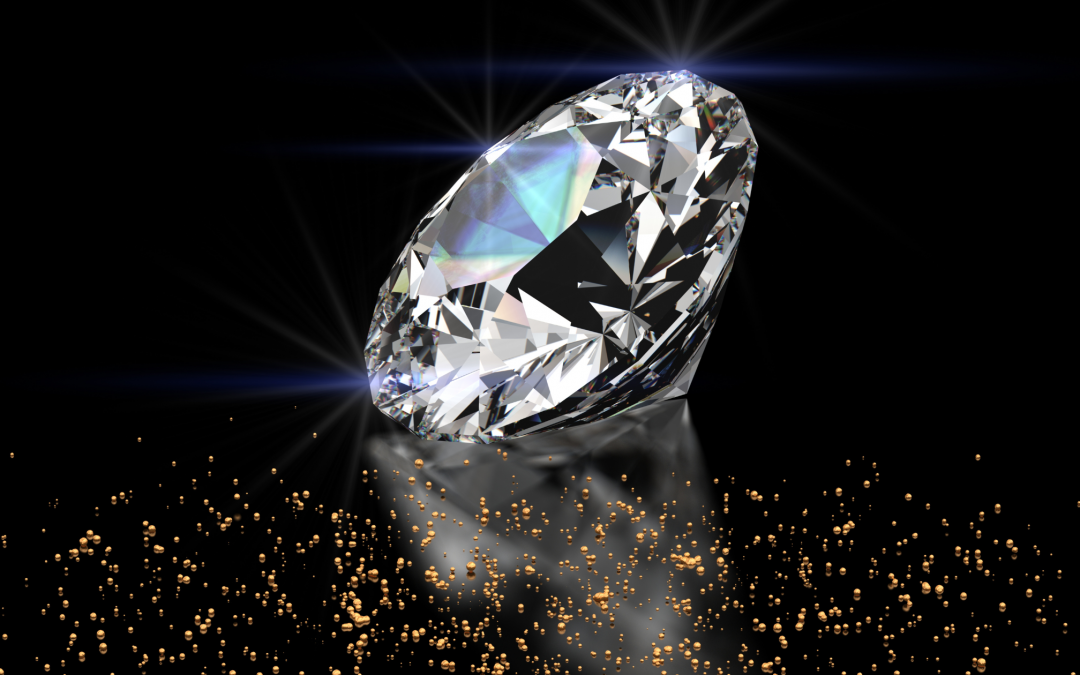Lab Grown Diamonds and WWF: A Sustainable Future for the Jewelry Industry
Lab-grown diamonds have emerged as a revolutionary alternative to traditionally mined diamonds, offering both ethical and environmental benefits. These diamonds, created in controlled environments, have gained popularity as consumers become increasingly concerned about the impact of diamond mining on the environment and local communities. One of the key advocates for sustainable practices is the World Wildlife Fund (WWF), a global organization dedicated to protecting nature and reducing the human impact on the environment. This article explores the relationship between lab-grown diamonds and the WWF, highlighting the environmental advantages and the role these diamonds play in shaping a sustainable future for the jewelry industry.
Table of Contents
What are Lab Grown Diamonds?
Lab-grown diamonds are created in laboratories using advanced technological processes that mimic the natural conditions under which diamonds form in the Earth’s crust. These diamonds are chemically, physically, and optically identical to natural diamonds but are produced in a fraction of the time and without the environmental degradation associated with traditional diamond mining. The two primary methods of creating lab-grown diamonds are High Pressure High Temperature (HPHT) and Chemical Vapor Deposition (CVD), both of which use energy and pressure to replicate the diamond formation process.
Lab-grown diamonds have garnered attention not only for their high quality but also for their ethical production process. Unlike mined diamonds, lab-grown diamonds do not require the destruction of ecosystems or the displacement of local communities. As the demand for more sustainable options increases, lab grown diamonds and wwF present an appealing alternative, aligning with the values promoted by organizations like the WWF.
The Environmental Impact of Diamond Mining
The environmental consequences of traditional diamond mining are severe. Diamond extraction involves digging large, open-pit mines that destroy landscapes, ecosystems, and wildlife habitats. In addition to the direct physical impact, the mining process often involves the use of toxic chemicals, such as cyanide, which can contaminate water sources and harm local communities. Deforestation, soil erosion, and habitat destruction are common side effects of diamond mining, contributing to biodiversity loss and long-lasting environmental damage.
Moreover, traditional diamond mining contributes significantly to carbon emissions due to the energy-intensive nature of the extraction process. As the world grapples with climate change and the need for sustainable practices, industries like mining must adapt to minimize their environmental footprint. Lab-grown diamonds offer a more sustainable alternative, with a significantly lower environmental impact compared to their mined counterparts. These diamonds are produced with less energy and without the ecological destruction associated with mining, making them an attractive choice for environmentally-conscious consumers.
WWF’s Advocacy for Sustainable Practices in the Jewelry Industry
The WWF has long been at the forefront of advocating for sustainable practices across various industries, including the jewelry sector. As an organization dedicated to protecting the environment, WWF highlights the importance of minimizing the environmental impact of diamond mining. WWF’s efforts focus on encouraging responsible sourcing, promoting fair trade, and reducing the overall carbon footprint of industries that have historically been harmful to ecosystems.
WWF has called for transparency in the supply chains of industries like diamond mining, urging companies to adopt more sustainable methods of sourcing and manufacturing. By supporting practices that prioritize environmental preservation, WWF aims to create a market where ethical and sustainable alternatives, such as lab-grown diamonds, are more widely available. The WWF’s work aligns with the growing demand for eco-friendly products and services, making lab-grown diamonds a key player in the transition to a more sustainable jewelry industry.
The Role of Lab Grown Diamonds in WWF’s Vision for a Sustainable Future
Lab-grown diamonds align with WWF’s vision for a sustainable future by offering a solution to the environmental and ethical challenges posed by traditional diamond mining. By creating diamonds in a lab, the need for large-scale mining operations is reduced, which in turn helps preserve natural habitats and wildlife. This reduction in environmental degradation is crucial for WWF’s mission to protect biodiversity and combat climate change.
Moreover, lab-grown diamonds provide an opportunity to shift the jewelry industry toward more sustainable practices. With growing consumer awareness of environmental issues, demand for ethical alternatives like lab-grown diamonds has surged. As more jewelers and consumers embrace these diamonds, the industry is taking a step in the right direction toward minimizing its environmental impact. WWF supports such transitions, advocating for the widespread adoption of practices that promote the long-term health of the planet and its ecosystems.
Benefits of Lab Grown Diamonds for Consumers and the Environment
Consumers who choose lab-grown diamonds are making a conscious decision to support sustainable practices. Lab-grown diamonds are not only an eco-friendly alternative but also come with additional benefits, such as more affordable pricing. Because lab-grown diamonds are produced in a controlled environment and do not require the same extensive mining process, they tend to be less expensive than mined diamonds of similar size and quality. This makes them an attractive option for consumers seeking ethical luxury without the premium price tag.
From an environmental perspective, lab-grown diamonds contribute to reducing the carbon footprint of the jewelry industry. While the production of lab-grown diamonds does require energy, the energy consumption is generally much lower than the energy required for traditional diamond mining. Additionally, some lab-grown diamond manufacturers are committed to using renewable energy sources, further reducing the environmental impact. By choosing lab-grown diamonds, consumers can make a significant contribution to the fight against climate change and environmental degradation.
WWF and the Future of Lab Grown Diamonds
Looking ahead, the WWF continues to support the growth and development of the lab-grown diamond industry. As the demand for sustainable alternatives to mined diamonds increases, WWF encourages both producers and consumers to embrace more eco-friendly practices. The organization works with businesses, governments, and other stakeholders to create policies that support sustainable sourcing and manufacturing, ensuring that industries like the jewelry sector move toward more responsible practices.
The future of lab-grown diamonds is promising, and as technology advances, it is expected that their environmental impact will continue to decrease. As more consumers seek ethical and sustainable options, lab created diamonds are likely to play a significant role in shaping the future of the jewelry industry. The WWF’s efforts to promote sustainability align with this trend, advocating for a world where beautiful, high-quality diamonds can be created without compromising the health of the planet.
Conclusion: Lab Grown Diamonds and WWF’s Commitment to a Greener Future
In conclusion, the rise of lab-grown diamonds represents a shift toward a more sustainable and ethical jewelry industry. By choosing these diamonds, consumers are not only acquiring a luxurious and beautiful gemstone but are also making a positive impact on the environment. The WWF’s ongoing advocacy for sustainable practices in industries like diamond mining aligns with the growing demand for eco-friendly alternatives. Lab-grown diamonds provide a solution to the environmental and ethical challenges posed by traditional diamond mining, and with continued support from organizations like WWF, they are poised to shape a brighter, greener future for the jewelry industry and the planet as a whole.




